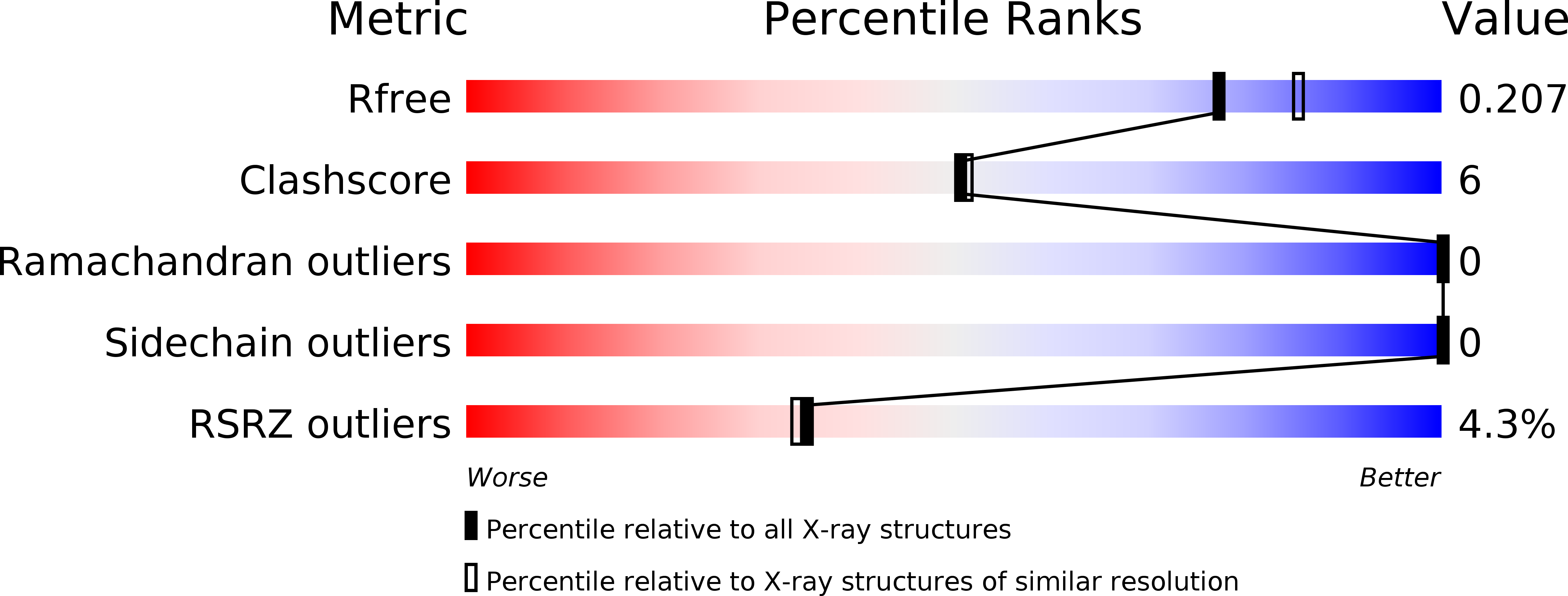
Deposition Date
2011-06-22
Release Date
2011-07-20
Last Version Date
2024-02-28
Entry Detail
PDB ID:
3SKD
Keywords:
Title:
Crystal structure of the Thermus thermophilus cas3 HD domain in the presence of Ni2+
Biological Source:
Source Organism:
Thermus thermophilus HB8 (Taxon ID: 300852)
Host Organism:
Method Details:
Experimental Method:
Resolution:
2.00 Å
R-Value Free:
0.20
R-Value Work:
0.17
R-Value Observed:
0.17
Space Group:
P 43 2 2


